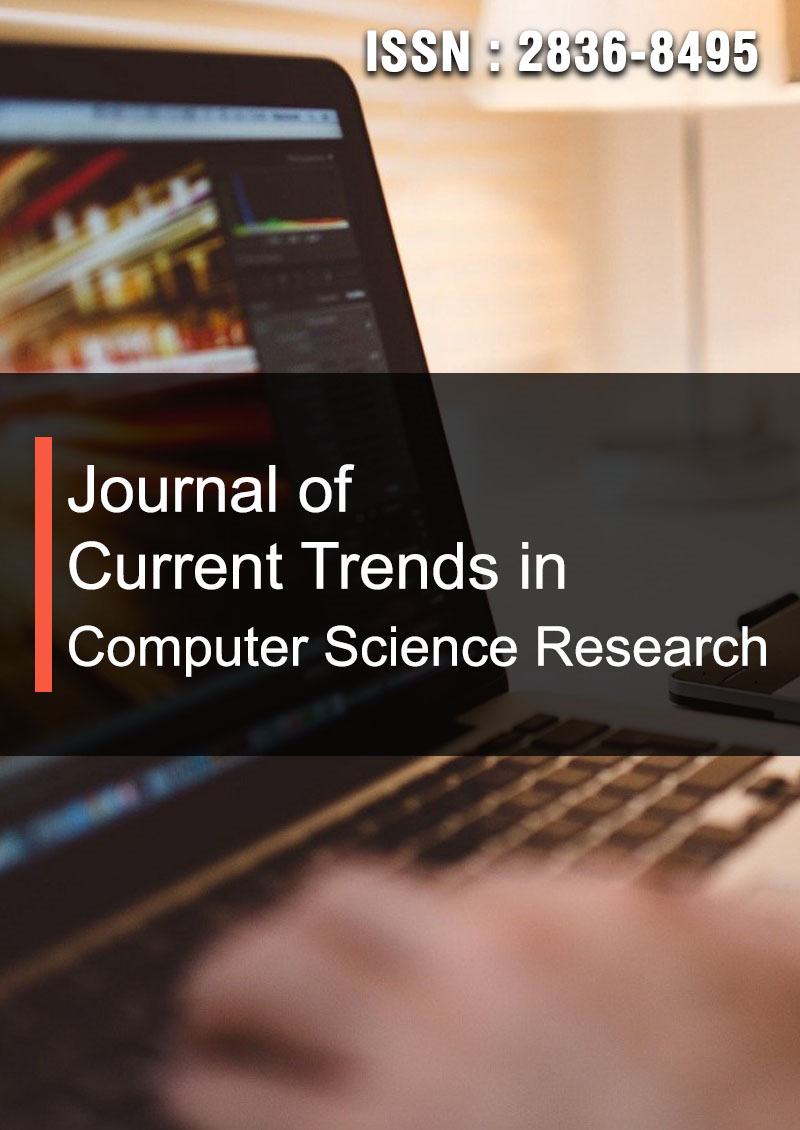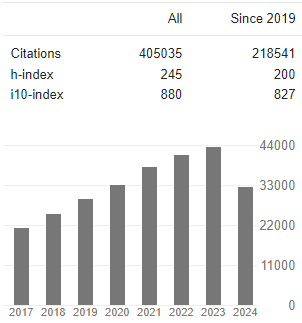Sustainable Hydrodynamic of Artificial Neural Networks and Logistic Regression Model to Lane Change Serious Conflict at Unsignalized Intersection on Malaysias Federal Route
Abstract
Fajaruddin Mustakim, Mohammad Nazir Ahmad, Rabiah Abdul Kadir Samuel G Charlton, Azlan Abdul Aziz, Othman Che Puan, and Motohiro Fujita
The neural network approach is used to resolve the interdependencies between inputs and outputs in a major conflict on the Malaysian Federal Route’s unsignalized intersection (UI). Two group of datasets being used in this study, they are right- turning motor vehicles (RTMs) which consist of eight hundred forty-five data and serious conflict lane change model, which consist of three hundred sixty-three dataset. The aim of the study is to develop serious conflict lane change model by using artificial neuron network (ANN) and logistic regression method (LRM) and to identify the risk of right turning motor vehicle (RTMs) behaviour. The input data consists traffic behaviour, type of gap, road geometry and traffic facilities. Subsequently the output data will be lane change serious conflict, the study utilize SPSS 26 statistic software. The first section of the study covers the neural network, while the second section describes the strategy utilized to analyze the scientific work.
Third part cover the simple analysis of lane change serious conflict and analysis of gap types. Last part is comparison result between logistic regression method and artificial neuron network. This study reveals that lane change due angular conflict, speed limit 50kph, Gap 3 type, second passenger car, motorcycles, motorcycle stop near passenger car, traffic light and lane width were found significant in lane change serious conflict models. The study has determined that RTMs is motorcycle as vulnerable mode of transport. Besides, this study found that the combination between both method ANN and LRM sustainable hydrodynamics and complement each other especially on explaining the outcomes result.





